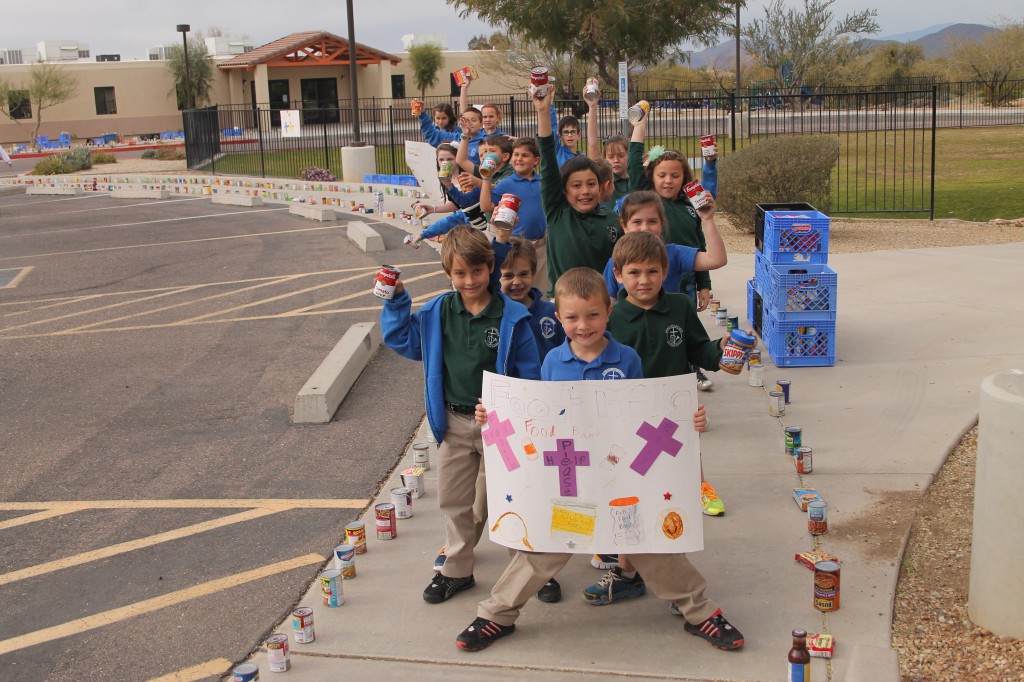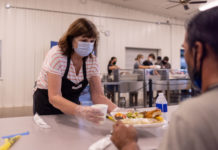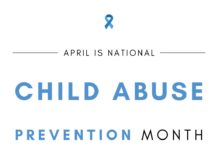
Talk to any of the nearly 6,400 parish-level Vincentians throughout the Diocese of Phoenix and they can vouch for how the challenge of poverty and hunger isn’t limited to inner-city areas. They made some 49,500 home visits last year to assess the food and economic scarcity of our neighbors. They distributed 391,000 food boxes in 88 parish neighborhoods (referred to as conferences).
Those numbers don’t include other sources of help from places like Paz de Cristo in Mesa, St. Mary’s Food Bank Alliance and the Foothills Food Bank. The latter, especially has an uphill battle in fighting poverty, according to my latest online training for reporters. Poverty in the suburbs comes with its own set of causes and challenges. Among them:
- As jobs moved to the suburbs, poverty did too. “Easy money” loans didn’t help leaving many underwater with their housing bills.
- Suburbia is now home to 16.4 million poor compared to 13.4 million in big cities and 7.3 million in rural areas.
- Social services are often less prevalent and harder to access in suburban areas.
- There are often fewer transit options to get to work, especially for off-hour shifts.
As I took the online training, the “Desert Foothills” part of our diocese kept coming to mind. It seems to encompass north Scottsdale, Cave Creek and Carefree. Turns out I was able to search, by zip code, poverty in that area.

I was curious about poverty there because a week earlier I was at Annunciation Catholic School in Cave Creek documenting the volume of non-perishables the second-grade class lassoed from the school and parish community for the Foothills Food Bank. Their collection of goods —1,028 pounds worth — stretched across campus lining the walkway on each side. Turns out the affluent area has a 4.3 percent poverty level in the school’s zip code, according to the U.S. Census. That’s some 1,100 people with more than half made up of families.
The Foothills Food Bank serves more than 400 families a month and has expanded its client base nearly five times in less than four years. The food bank moved into a facility five times its previous size last summer and it’s already tight because the numbers keep going up, said Pam DiPietro, executive director.
“There’s always a surprise when I tell people these are neighbors who can’t make ends meet,” DiPietro said.
Several have jobs, but clients are making a fraction of what they used to and can’t afford car and house payments, she said. The food bank, which also serves as a resource center, is seeing more seniors on a fixed income who need help paying medical bills.
“Pleasant urban surroundings disguise the fact that many north Valley residents are barely making ends meet,” according to the food bank’s website.
The efforts of regular donors are helping. An anonymous donor paid off the food bank’s mortgage last week. That freed up $36,000 a year to help with client finances, emergency food and other programs.
Annunciation students are also happy to help their struggling neighbors. They regularly hold food drives for the Foothills Food Bank. Now, they will formally help the area’s St. Vincent de Paul conference too. Sixth-graders recently formed a Young Vincentians group, known as “Vibrant Vinnies.” They will help with the fifth Sunday collection at St. Gabriel Parish — their school shares the same campus — and do service projects to help the less fortunate.







